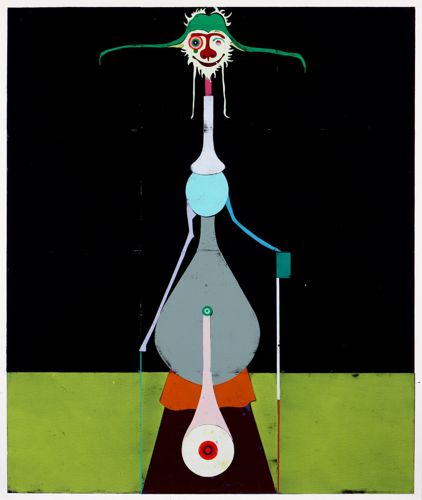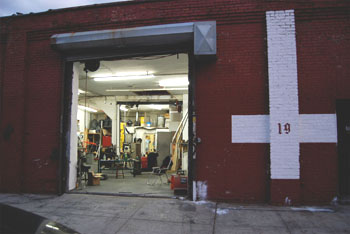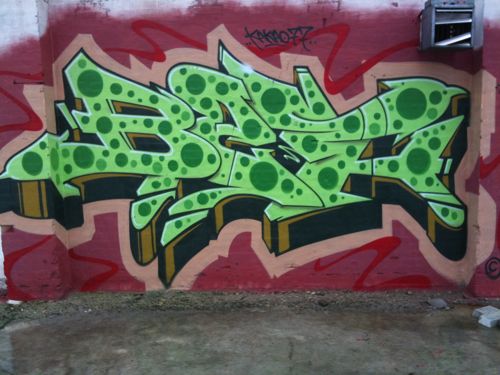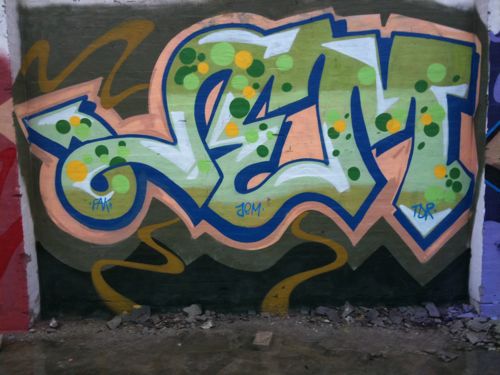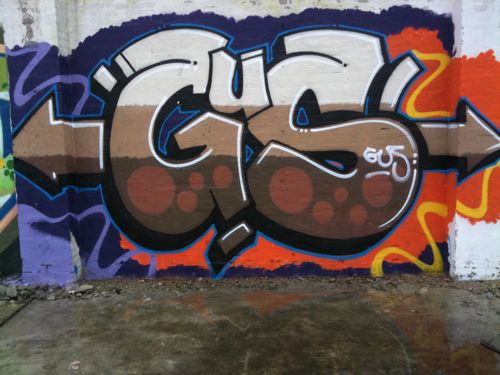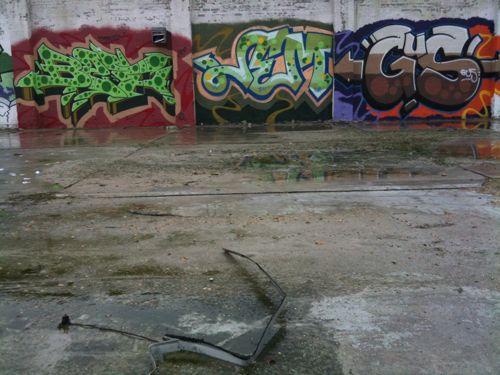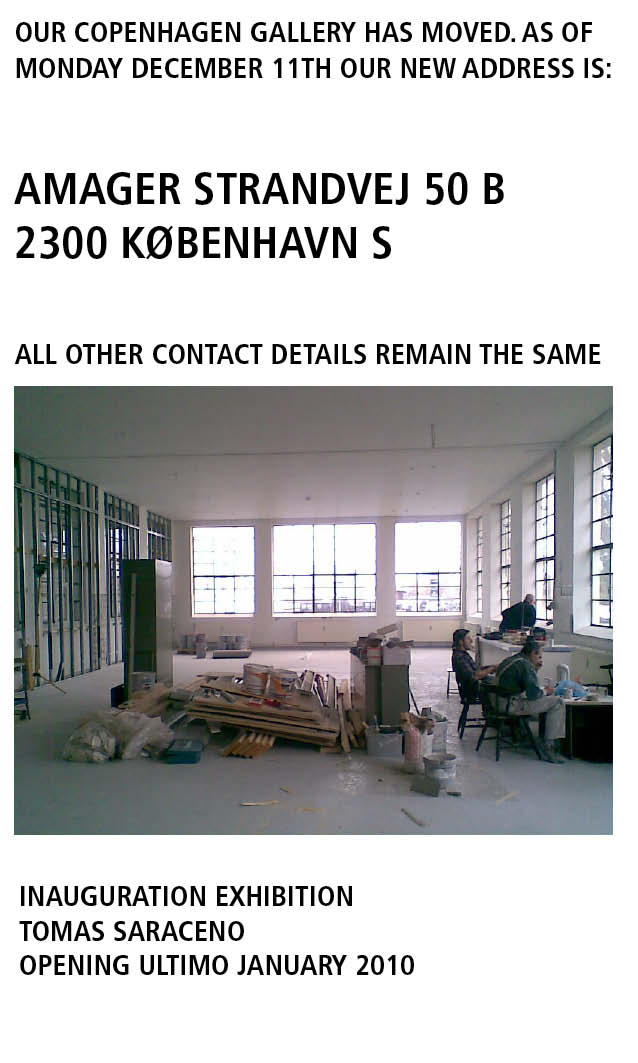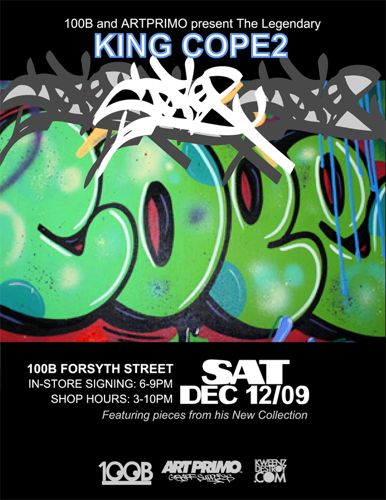
Month: December 2009
Gert & Uwe Tobias @ La Conservera, Murcia
Banks Violette
The cold, minimalist visual language Banks Violette (b. 1973, New York) uses, refers to the dark side of American culture: the gothic scene, satanic rituals, death metal,… Violette’s installations evoke violence, aggression and excess, without lapsing into anecdotalism. They are perceived as settings or decors that evoke a desolate mood, as if they were the scene of some violent act or performance. The alienating atmosphere is intensified by the materials used and the spatial interventions. Banks will fill the exhibition hall of the museum Dhondt-Dhaenens with sculptures and three-dimensional installations, creating a sustained tension and presenting a dark and abstract interpretation of our Western culture.
“Ongoing Projects”
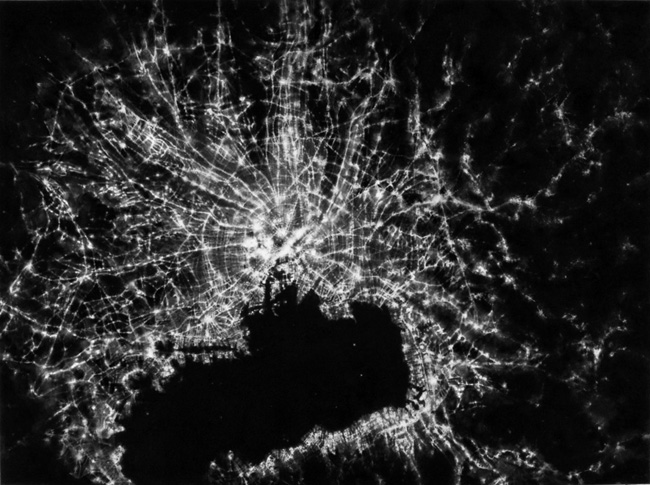
Metro Pictures “Ongoing Projects” brings together work by Robert Longo, John Miller and David Maljkovic. Longo exhibits fourteen photographs printed from the original 1970’s negatives he shot for his iconic “Men in the Cities” drawings. David Maljkovic is represented by his newest film installation, “Out of Projection,” that expands on his exploration of memories as futurist propositions. John Miller’s “Middle of the Day” project includes photographs produced over a fifteen-year period here presented on DVD with a compilation of more than 700 images.
This marks the first exhibition of the earliest photographs Robert Longo took as studies for his well-known “Men in the Cities” drawings of the late 1970’s and early 1980’s. The photographs taken in his studio and on the roof of his South Street studio were not made into prints but projected onto large sheets of paper. The photographs provide specific location and period to the large abstracted drawings that have permeated our media culture in everything from ipod ads to the opening credits of the TV series Mad Men. Views of Manhattan rooftops and the East River replace the white background of the drawings, and jeans, sneakers, and jackets replace the deep black of the figures’ suits. Longo elicited the now classic, contorted poses by verbally exhorting and tossing film canisters at the models who were artist and musician friends.
David Maljkovic’s new, 2-channel film, “Out of Projection,” references antithetical film genres—science fiction and documentary. “Out of Projection” was filmed at the carefully guarded test track of Peugeot headquarters in the French city of Souchaux. His use of Peugeot prototypes as props follows the artist’s past use of futuristic automobile prototypes in Croatian Modernist architectural settings. The primary, large screen in the installation shows the film’s protagonists, elderly couples who in the film build ideas for future projects. They are actual retired company workers who act as a medium between past and future, moving slowly around the test track alongside the car prototypes. The second, smaller projection is of close-up interviews with individual workers in silent recollection, eerily blurring the past and the future.
John Miller’s “Middle of the Day” project began in 1994 and continues to the present. The photographs document the artist’s location during the hours of noon and 2 PM, when there is little shadow and universally, people are on down time. These random images include bucolic landscapes, still lives, domestic interiors, street scenes, people and objects that all incidentally document the travel associated with an artist’s professional and personal life. These works have previously only been exhibited as color photographs, but for this exhibition Miller will show a compilation of hundreds of images in slideshow format on a flat-screen monitor, accompanied by a soundtrack he composed using ambient noises recorded in and around his home.
Robert Longo lives in New York. A survey exhibition of his work is on view at Musée d’Art Moderne et d’Art Contemporain, Nice until December 20 and will travel to The Berardo Museum Collection, Lisbon, February 1 – April 25, 2010. Previous one-person exhibitions include Hamburger Kunstverein and Deichtorhallen in Hamburg; Menil Collection in Houston; Los Angeles County Museum of Art; The Albertina in Vienna; and The Isetan Museum in Tokyo.
David Maljkovic lives in Zagreb, Croatia. “Out of Projection” is currently on view at the Reina Sofia in Madrid until January 18, 2010. Previous one-person exhibitions include The Whitechapel Art Gallery in London; the Kunstverein in Hamburg; and P.S. 1 in New York. Maljkovic had his first exhibition at Metro Pictures in 2008.
John Miller lives and works in New York where he teaches at Columbia University. One-person exhibitions include a retrospective this year at the Kunsthalle in Zurich; Center for Contemporary Art in Tokyo; the Kunstverein in Hamburg; Magasin-Centre National d’Art Contemporain in Grenoble; and P.S. 1 in New York. His work was included in the Whitney Biennials in 1985 and 1991 and he has exhibited regularly at Metro Pictures since 1984.
Copenhagen Graffiti
“Works from Bentley Gallery”

Bentley Gallery is pleased to announce “Works from Bentley Gallery”, a series of selected pieces to be exhibited at the eye lounge gallery in Downtown’s Roosevelt Row arts district. We will be hosting two opening receptions: Third Friday, December 18 from 6pm-10 pm and First Friday, January 1st from 6pm-10pm. The collection will be on display through January 9th.
The exhibition intends to strengthen the relationship between the Phoenix and Scottsdale arts districts by integrating work from the Bentley Gallery into the special and unique spirit that comprises the downtown art scene. Artists featured will include: Will Berry, Denise Yaghmourian, Dominique Blain, Hector Ruiz & DOSE, Martin Mull, Christina Kahlo, Rogelio “Gory” Lopez Marin, and a maquette for a large-scale sculpture by Craig Randich (to be featured in eye lounge’s east gallery January 15th – February 13th).
Both receptions are free and open to the public.
Nobuyoshi Araki “2THESKY, my Ender”
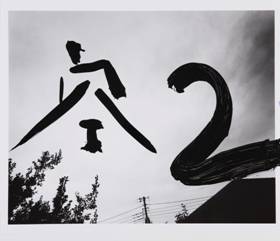
Nobuyoshi Araki “2THESKY, my Ender”
We are pleased to announce our forthcoming solo exhibition with Nobuyoshi Araki. The exhibition will be
held in the occasion of the release of the Shinchosa publication 2THESKY, my Ender.
Why “2THESKY” ? “To” or [the Japanese character] “ニ” are not correct. It must be “2”. As I have said
before – photographs are an imitation of reality and life, the counterfeit of reality, not creation. Therefore, a
photograph is a secondary thing. I do everything with a spiritual feeling. I wrote something into the sky,
because I had the feeling that I would like to create “another sky that is mine”. This makes me think about
death and life. If one becomes heavier, the other one becomes heavier too. With the premonition of death
comes the desire for life, the lust to live. This book is my “posthumous work”, but maybe it is not finished yet,
maybe from now on life is going to begin. I am crossing the rainbow bridge, ah! I am falling…..
Nobuyoshi Araki, October 2010
Since January 2, 2009, Araki has depicted in a kind of diaristic mode his response to everyday events and
thoughts of death, using as a canvas black and white photographs coupled with the technique of calligraphy,
painting and collage.
Araki produced an enormous number of works for this publication and produced even further works for the
solo exhibition. He completed about 150 new works that are not included in the book. In addition to the
publication, which will be installed prominently as part of the installation, the screening of Arakinema is also
planned during the exhibition.
Nobuyoshi Araki describes this new body of work as “the testament of a photographer who presentiments
death”.
Book signing Monochrome by Trine Søndergaard 17 December 2009
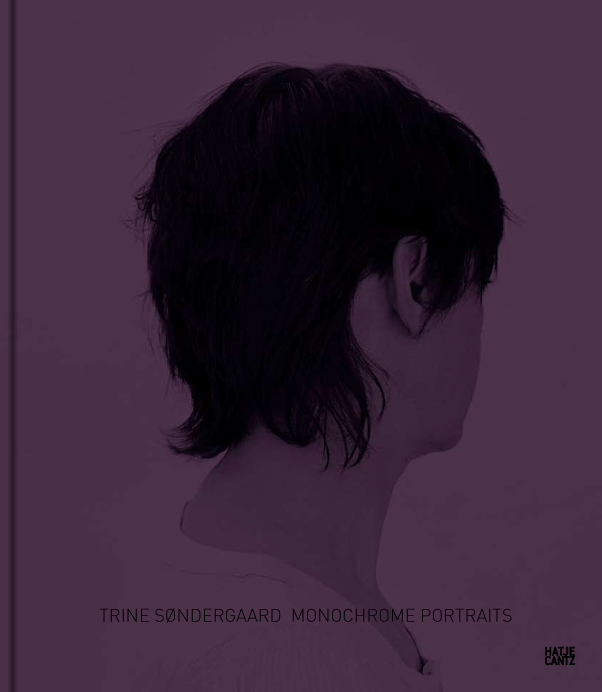
Published by HATJE CANTZ
For her latest series, Danish photographer Trine Søndergaard (*1972) has created portraits of individual people — not, in black-and-white or color, but monochrome. This color scheme continues onto the hand-painted frames surrounding the pictures.
None of the portraits are the same color: each one has its own, special hue. Unlike other, more conventional portraits, the viewer learns nothing from these pictures about the identities of the people depicted; they remain anonymous. Sometimes portraied from behind, and sometimes from the side, the subjects never looks direct at the viewer. Søndergaard is primarily interested in capturing a particular state of mind, an introspection reflected in small, subtle movements. In the process, she continually questions the notions of individuality and universality.
NEW ADDRESS IN COPENHAGEN
THE LIVING ROOM.
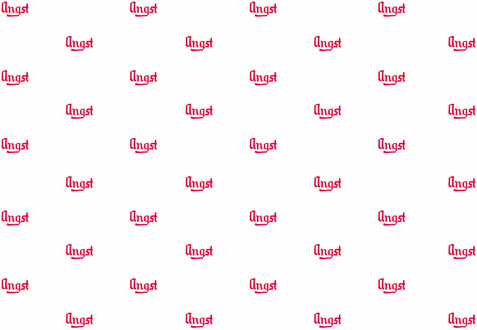
HAAS & FISCHER will inaugurate its new premises at Heinrichstrasse 219 with the group exhibition, THE LIVING ROOM. Working in collaboration with their artists, the gallery is transformed into a cosy, homey parlor complete with all the furnishings.
Upon entering the Living Room, the visitor is immersed into the intimate core of the gallery, namely its artistic program. The artists’ diverse interpretations of what constitutes a contemporary interior raise broader questions about self-conception and understanding of contemporary culture and our values.
US artist Joshua Callaghan furnishes the gallery with wallpaper imprinted with the emblem of the butcher, Angst. Callaghan juxtaposes the obvious play on words – a butcher taking as its name the German word for FEAR – with the gothic style lettering used for the company’s logo typically associated with the comforting Home Sweet Home cross-stitched panels prevalent in the typical American living room. The connotations here however, taking on quite a different meaning.
Katherine Newbegin’s photos of interiors render a double contribution to the living room theme. The two-dimensional images serve as decorative wall adornments within the gallery, while simultaneously depicting interiors themselves. Contrary to the gallery’s living room, however, Newbegin abstains from the use of staged scenes in her photography.
The painterly depiction of interiors has prevailed in art history since the 14th century, reaching its climax in Dutch painting in the 17th century. Images of 18th century interiors are viewed as a deeply middle-class genre symbolizing both private and privileged space. The traditional two-dimensional handling of interior spaces, also as practiced by Newbegin, takes on a third dimension through its presentation in the gallery.
Much to the contrary, the works by the Dutch portrait photographer Adriaan van der Ploeg desert their traditional place on the wall. The images of young backpackers aimlessly traveling en masse in Thailand are integrated into the show in such a way that they could easily be mistaken for family photos of grandchildren traveling abroad. The photos, with the atypical positioning within the gallery, take on the role of common parlor memorabilia.
